Your home should be more than just a place you live; it should feel like a sanctuary, a space that lifts you up, calms you, and inspires you. But even when effort, money, and style are involved, small missteps in design can make a beautiful room feel almost right, but not quite. The difference between “just okay” and “wow, this feels like home” often comes down to thoughtful details such as balance, texture, scale, and personal touches. Below are design errors people make that unintentionally rob a space of its dream-home potential. Each is paired with simple fixes so you can transform your space into something that feels polished, warm, unique, and completely yours.
1. Installing Cheap Cabinet Hardware
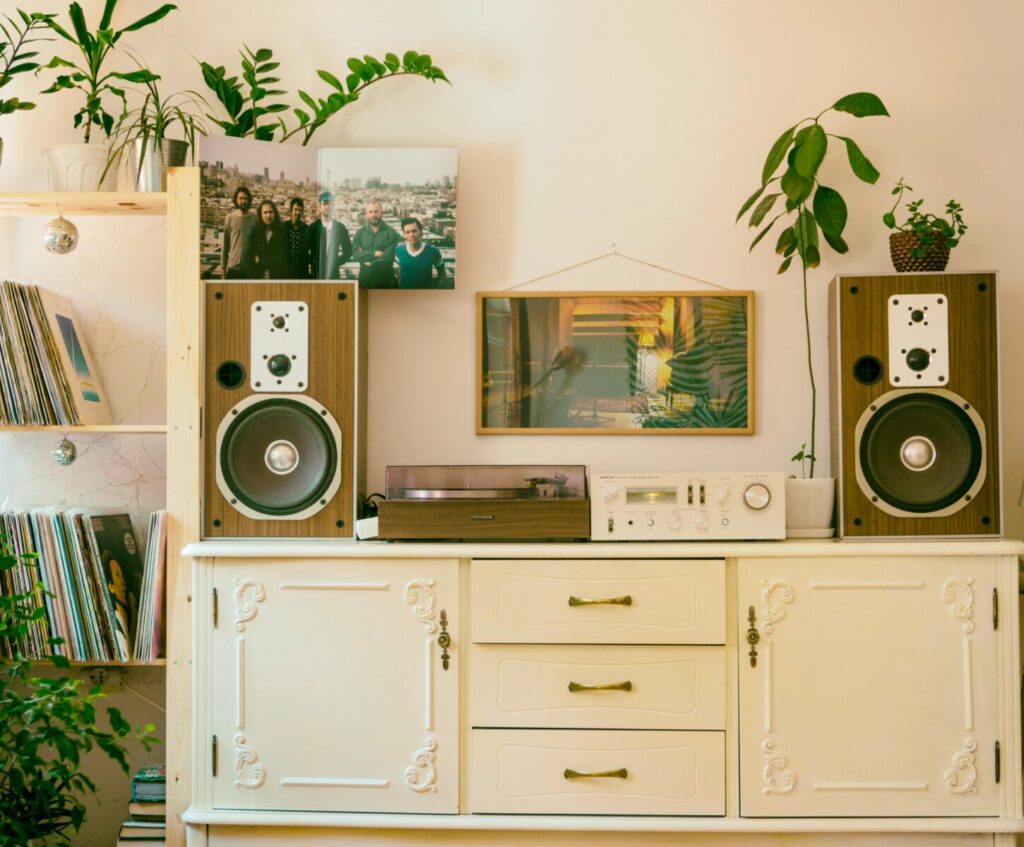
Hardware like drawer pulls, knobs, or handles may seem like minor details, but they have a big impact. Cheap, flimsy, or poorly finished hardware tends to age quickly, look low quality, and make even well-designed cabinets feel cheap. Professionals recommend opting for solid metal pieces, even if simpler, which age better, feel substantial, and give cabinets a more refined appearance. Replacing hardware is often one of the most cost-effective upgrades in a kitchen or bathroom, but the pieces you choose matter. Clean lines, good material, and consistent finish can make a surprising difference.
2. Painting a Small Room in a Light Color
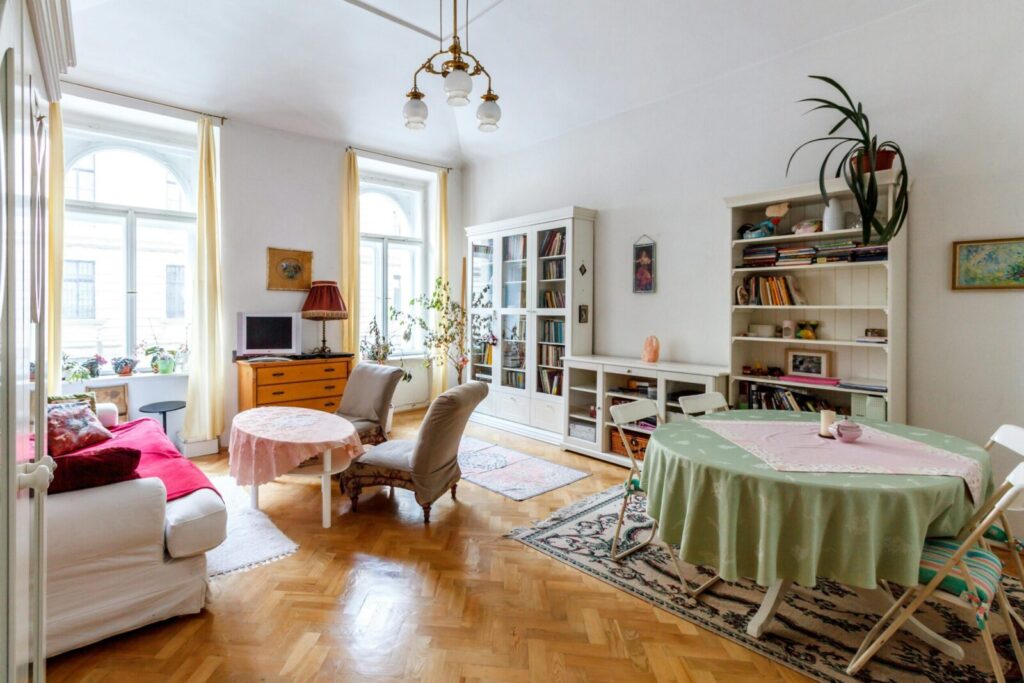
It is often instinctive to pick pale, neutral tones for small rooms, thinking they will make the space feel airier, but in some cases, light colors can actually wash things out and flatten impact. A deep, rich color can draw you in, add depth, warmth, and a cozy, enveloping feel without making the space feel cramped, especially when you have good lighting and contrast. The trick is balancing intensity. Use accent lighting, lighter trim, or lighter accessories so the richness does not become overwhelming.
3. Not Layering Lighting
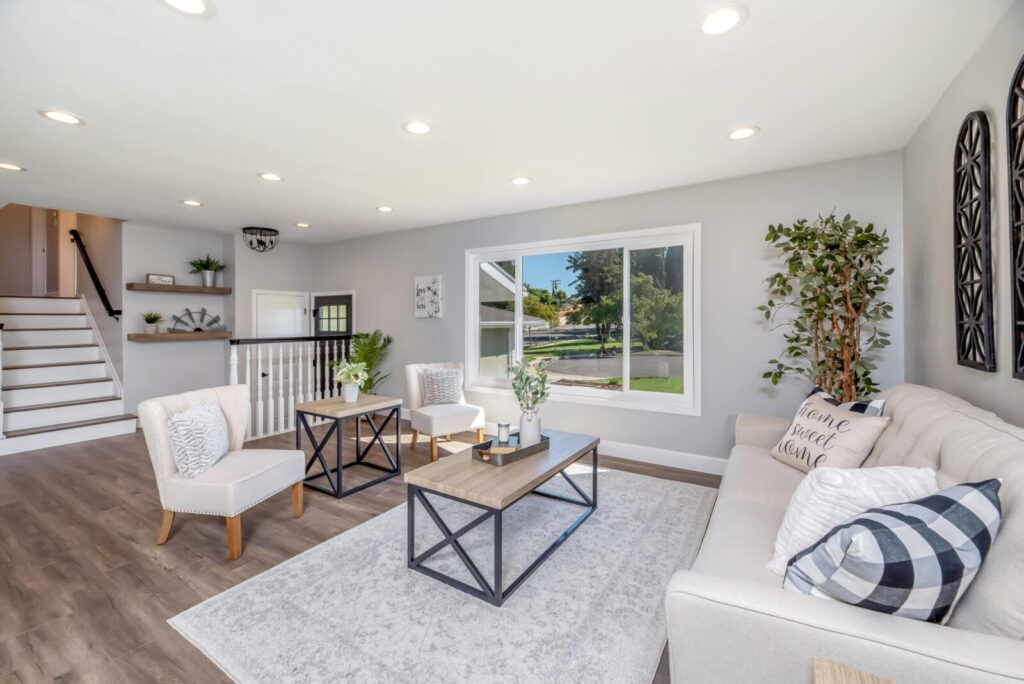
One overhead light per room rarely cuts it. Relying on just a central ceiling fixture often yields shadows, harsh glare, or flat lighting that betrays corners and surfaces. To make a room feel inviting and dimensional, designers recommend layering lighting: ambient lighting for general brightness, task lighting for reading, cooking, or working, and accent lighting for highlighting textures, artwork, or architectural features. Dimmers, lamps, sconces, and under-cabinet lights all help adjust mood, function, and the perceived quality of the space.
4. Settling for Poorly Scaled Furniture
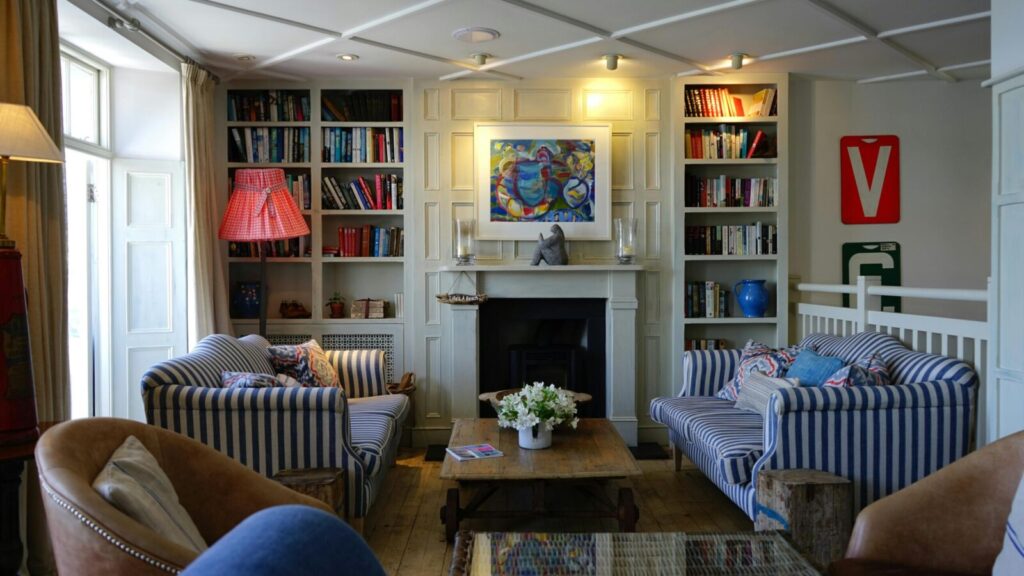
Furniture that is too big or too small for the space throws off balance and makes even a good layout feel uncomfortable. A massive sofa in a modest living room can overwhelm, while tiny chairs in a large room get lost. Scale is not just about size; it is about relationship: how furniture pieces relate to walls, windows, traffic flow, and each other. Measure, mock up layouts, and leave breathing room around pieces. Let the room’s proportions guide you more than showroom impulses.
5. Choosing the Wrong Size Rug
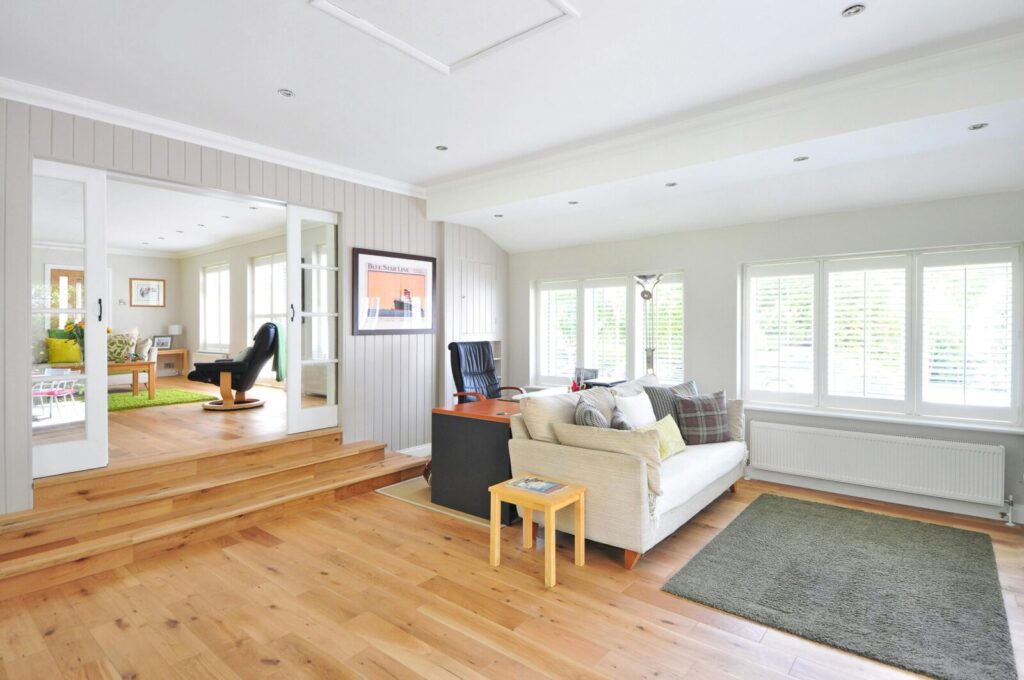
A rug is not just a decorative piece; it anchors the room. Rugs that are too small look like afterthoughts, while overly large rugs may overpower the floor and reduce clarity of space. Ideally, a living room rug should be large enough so that at least the front legs of the furniture rest on it. This helps unify the layout. Dining rugs should allow the chairs to stay on the rug even when pulled out. Correct sizing amplifies comfort and cohesion in a room.
6. Not Having a Decided Color Palette
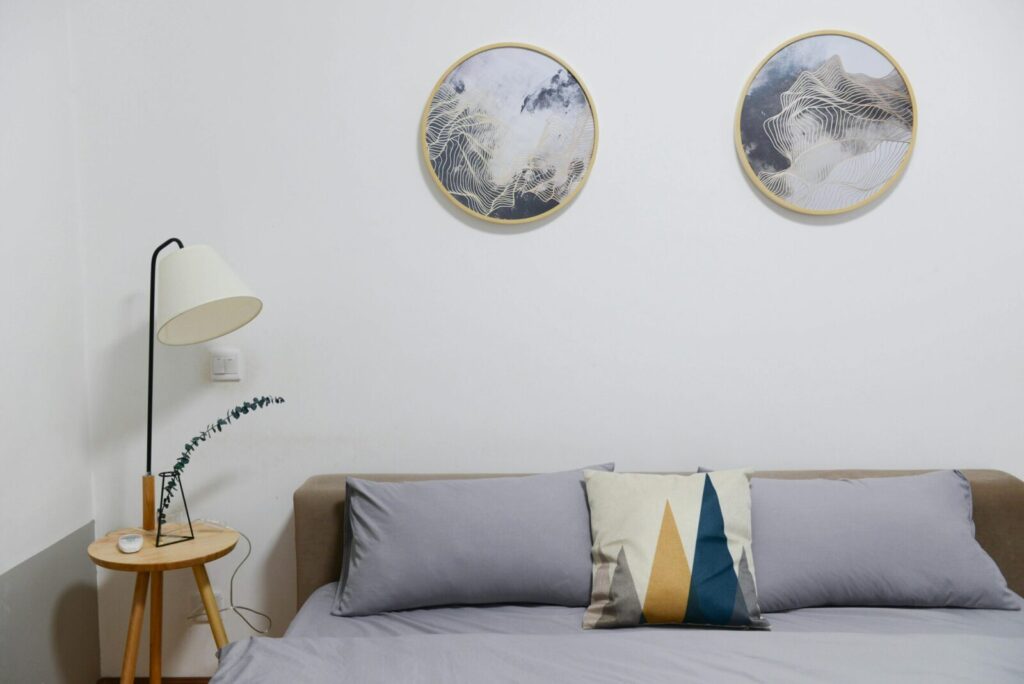
Without a clear color story, a room can feel unfocused or chaotic. Too many competing tones or constantly changing shades can dilute the visual impact. Designers often suggest choosing three to five complementary colors, then working variations of those tones throughout the room in fabrics, finishes, art, and accessories. That way, even if pieces are mixed in style or age, the space feels harmonious. Picking a palette ahead of time gives you a sense of direction and restraint.
7. Filling a Room with Too Many Trends
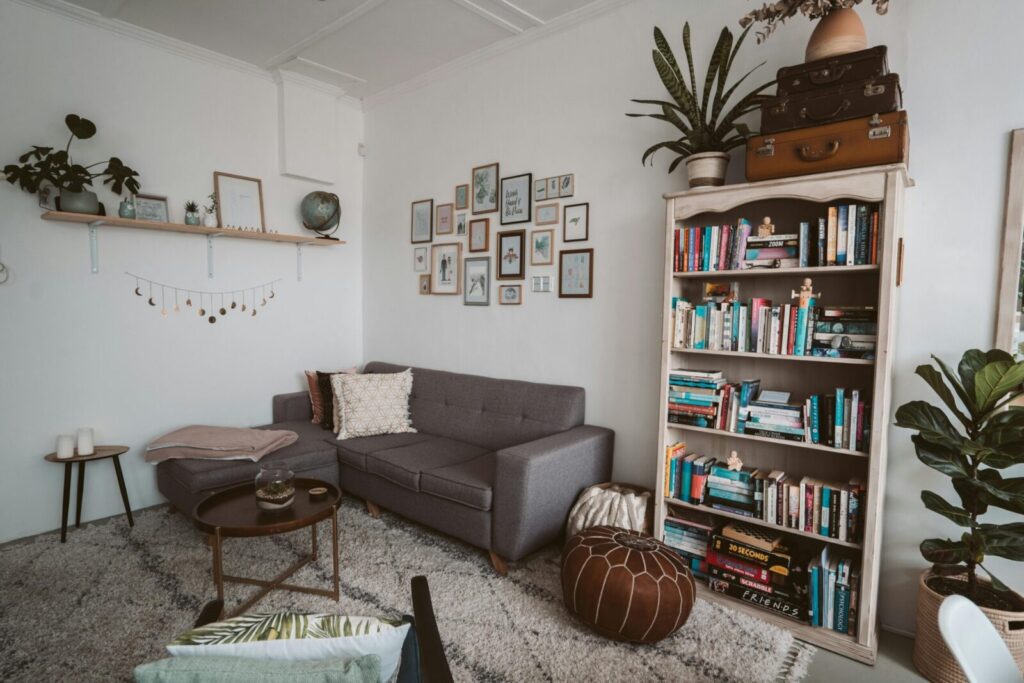
Trends are fun, but trends fade. If your room is dominated by many trendy features, you run the risk of it feeling dated sooner than later. Designers recommend anchoring rooms in timeless pieces such as good furniture, classic materials, and enduring shapes. Then layer in trends through small, more affordable, easily changed objects like pillows, art, or accent pieces. This way, you can refresh cost-effectively without redoing the whole room.
8. Failing to Keep Cord Clutter at Bay

Visible wires, unkempt power strips, or dangling TV and lamp cords draw the eye in unwelcome ways. They disrupt the visual flow and make well-selected decor look less intentional. Designers suggest hiding cords using cable management systems, running them behind furniture, choosing furniture that allows cord concealment, and organizing tech so it looks tidy. Even small fixes like a matching cord cover can improve the impression tremendously.
9. Using Generic Art
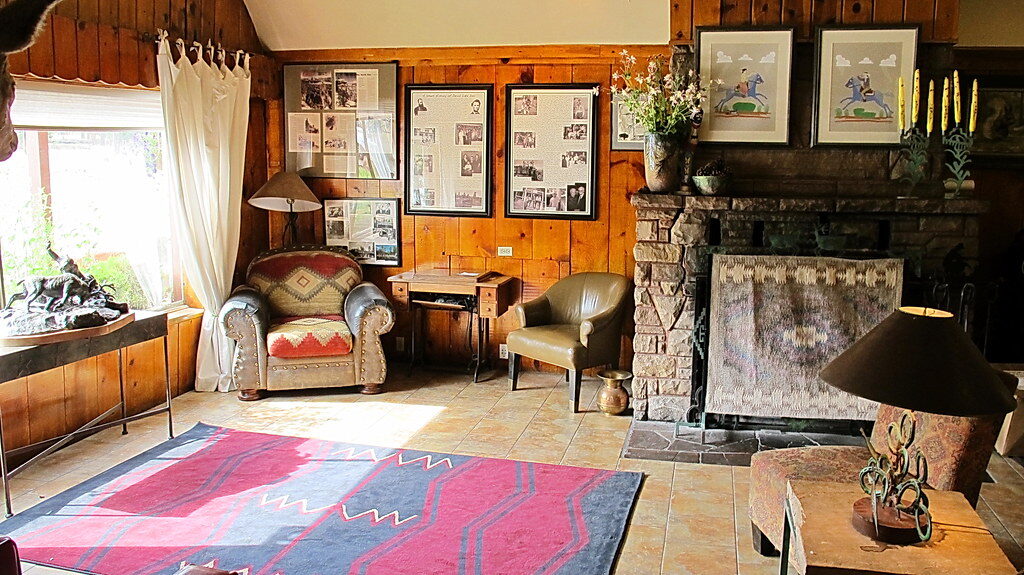
Art should tell a story as much about your tastes, experiences, or what you love as about what looks nice. Mass-produced prints or uninspired generic images can make a space feel less personal and more like a showroom. Instead, try to include original pieces, limited editions, works by local or emerging artists, or photographs, travel finds, and family art that mean something to you. The emotional connection will always outshine something that just fills space.
10. Hanging Inexpensive Light Fixtures
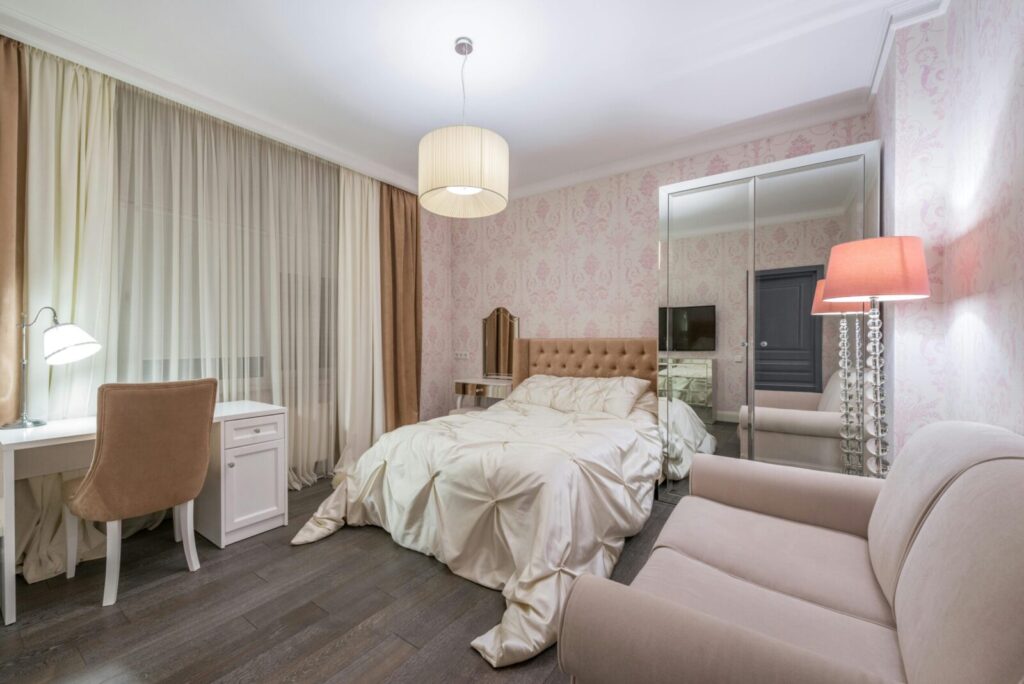
A well-chosen light fixture is like jewelry for your room. Cheap fixtures with flimsy materials, awkward proportions, or uninspired design can drag a space down. On the other hand, a thoughtfully designed pendant, chandelier, or fixture adds personality and becomes a focal point. It is worth investing in a lighting piece you love, matching style to the room’s scale and aesthetic, and ensuring it complements rather than clashes with other finishes.
11. Overlooking Window Treatments
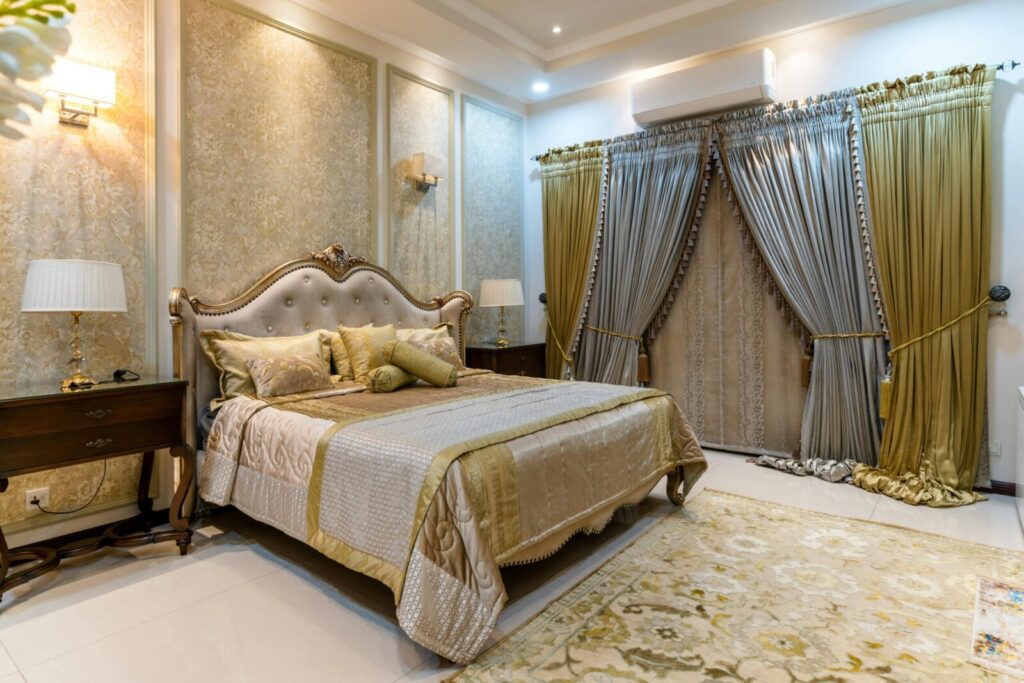
Windows are frames for the view and for light. Bare windows or poorly hung, ill-fitting curtains make a room feel less finished. The right drapes pulled high can give the illusion of taller ceilings. Fabric and color can tie in with the rest of the room, while a properly sized panel adds elegance. Do not just buy blinds or basic panels. Choose treatments that work with the light, the privacy you need, and the mood you want, whether airy, cozy, formal, or casual.
12. Buying Area Rugs with Visible Binding on the Edges
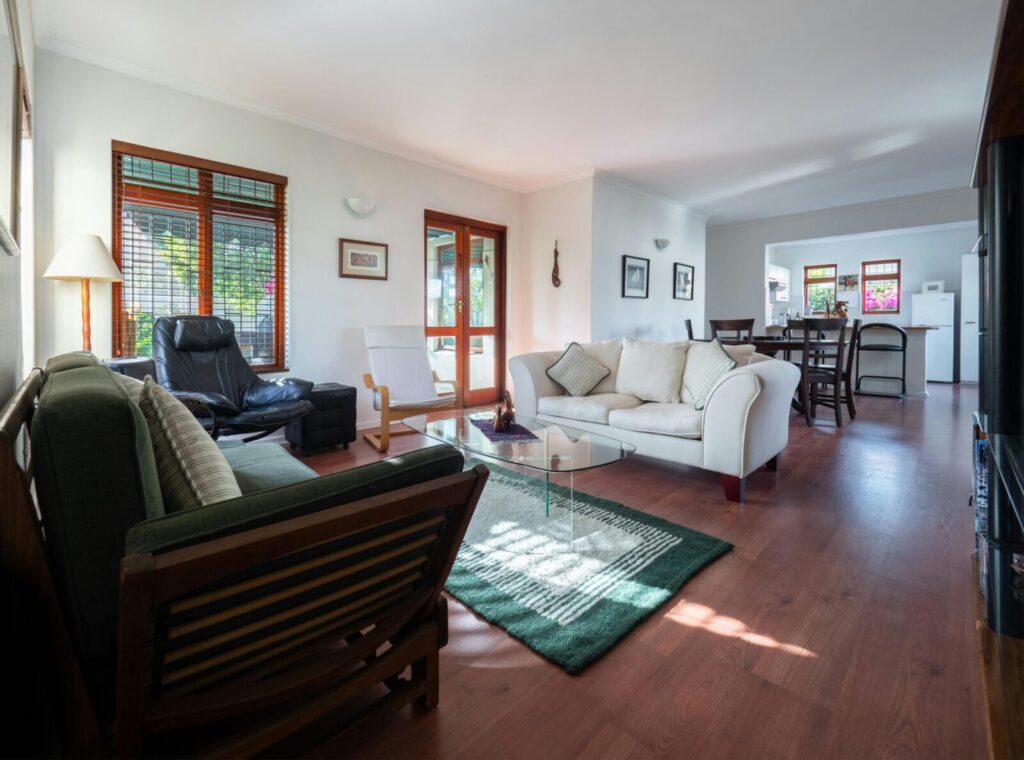
Edge binding, or the material used to finish the edges, might seem like a small detail, but it plays a big role in how finished a rug looks. Cheap visible binding, especially thick or contrasting edges, can give the rug a mass-produced or commercial feel. A more subtle or hand-finished edge makes the rug feel like a more intentional piece. Edge quality may cost a little more, but it elevates the overall feeling of the floor.
13. Picking Curtains with Grommets
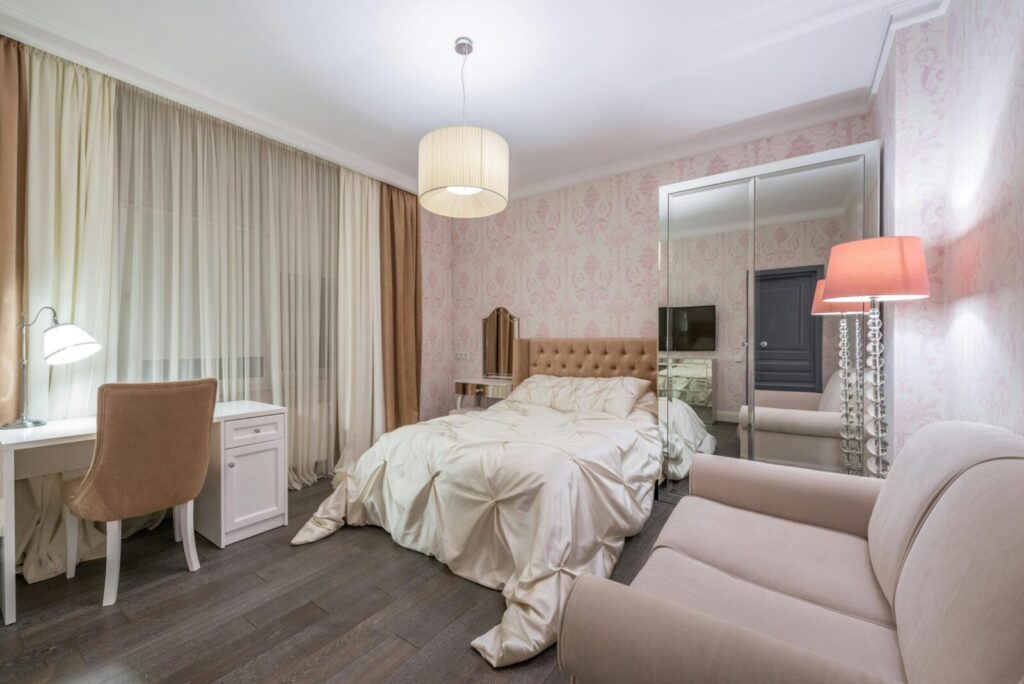
Grommet-style curtains are popular for functionality, but many designers feel they look less refined than other header styles, such as back-tabs or pinch pleats. Grommets often create a casual, utilitarian look that does not always align with a more polished, elevated space. Headers with pleats or tabs offer more structure, softer folds, and an upscale feel, even if the fabric or cost is moderate. It is one of those details guests may not name, but they notice.
14. Overdecorating a Room
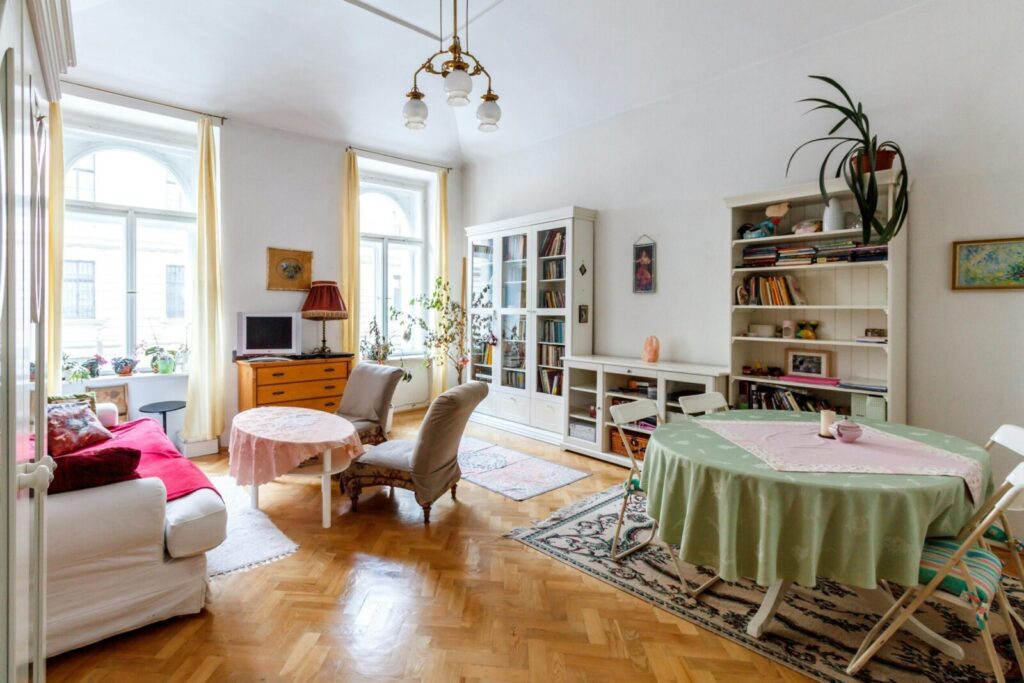
Having lots of things you love is wonderful, but too many decorative objects, little knick-knacks, or accent pieces can overwhelm. A cluttered space feels busy and can hide the beauty in individual objects. Instead of filling every surface, try curating. Choose fewer objects with more meaning, give each piece space to breathe, rotate what you display seasonally, and occasionally declutter. Negative space is a powerful design tool that makes the beauty of your home shine more clearly.
Comments